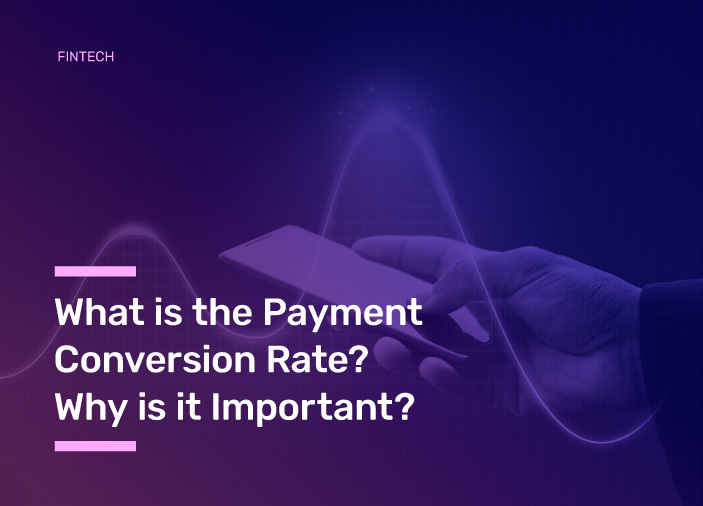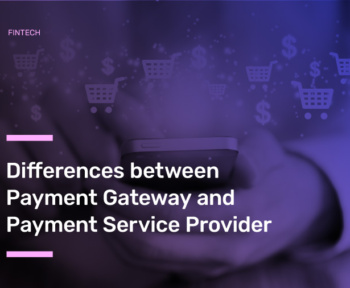
Table of Contents
- What is the Payment Conversion Rate?
- Why Is The Payment Conversion Rate Is Essential?
- What Affects Payment Conversion Rate?
- Conclusion: How Can You Boost Your Conversion Rate With Craftgate?
As the final step in the checkout touch point, the payment process deserves particular attention. As an online business owner, you know first-hand how much time and effort are spent identifying the reasons for increasing income. The payment conversion rate is an essential metric for online businesses that directly influences profitability. That is why the increase in payment conversion rate is an urgent question for many merchants seeking to capture more revenue from their companies.
In this article, we will identify the payment conversion rate and discuss the reasons for investigating it.

What is the Payment Conversion Rate?
Payment conversion is a metric that measures how many customers can complete a payment process on a website or application. To calculate this rate, you should divide the total number of customers who confirmed a purchase by the number of completed transactions and then multiply the result by 100 to get a percentage.
For example, if 2,000 customers click on the pay button on your website and 1,500 make a payment successfully, the payment conversion rate would be 75%.
Payment conversion depends on many aspects. The main factors that ensure a high conversion rate are providing a user-friendly checkout page, using technologies to provide a frictionless payment experience, using various payment options, and ensuring a seamless customer experience.
Why Is The Payment Conversion Rate Is Essential?
The payment conversion rate has a direct impact on a company’s profitability. In this sense, it defines and describes how profitable a company can be. Anything that makes customers abandon their cart and leave the shop is a wasted opportunity to make a sale and add to the client base.
This metric provides a practical top-down way to track how changes to website design, online payment strategy, and user experience can impact sales. For example, an online store can compare before-and-after conversion rates when it changes the checkout process or implements new payment methods.

What Affects Payment Conversion Rate?
Any factor that prevents a user from completing a purchase leads to customer dissatisfaction or discourages them from doing so, which can negatively affect payment conversion rates. In the payment world, this is commonly known as friction.
High-friction factors, which can have a negative effect on this rate, include:
- poor website performance, especially in the checkout process
- customer experience issues and unclear instructions
- excessive loading times
- insufficient selection of payment methods
- payment failures or errors
- downtimes on such payment service providers
- anything that interrupts the shopping journey
- an inadequate mobile experience, making it hard to complete purchases on a smartphone

Conclusion: How Can You Boost Your Conversion Rate With Craftgate?
The payment conversion rate is essential for the success of any online business, as it directly impacts revenue. A higher conversion rate means more completed transactions, leading to increased sales. Ensuring a smooth and efficient payment process is critical to maximizing this rate and avoiding potential cart abandonment behavior during checkout.
As an online business, you can optimize your checkout process by shortening the payment steps and making it more user-friendly. Besides, Payment Orchestration Craftgate helps prevent common issues like payment failures or unclear errors with its well-qualified features. For example, Autopilot leads Craftgate merchants to accept payments even if the payment provider where the payment request was routed is downtime.
By seamlessly integrating the different payment options, Craftgate also ensures you diversify your payment step. Whether mobile optimization or avoiding downtimes with payment providers, Craftgate enhances payment conversion rates by eliminating friction.
You can contact us here for more information about Craftgate’s advantageous features!






